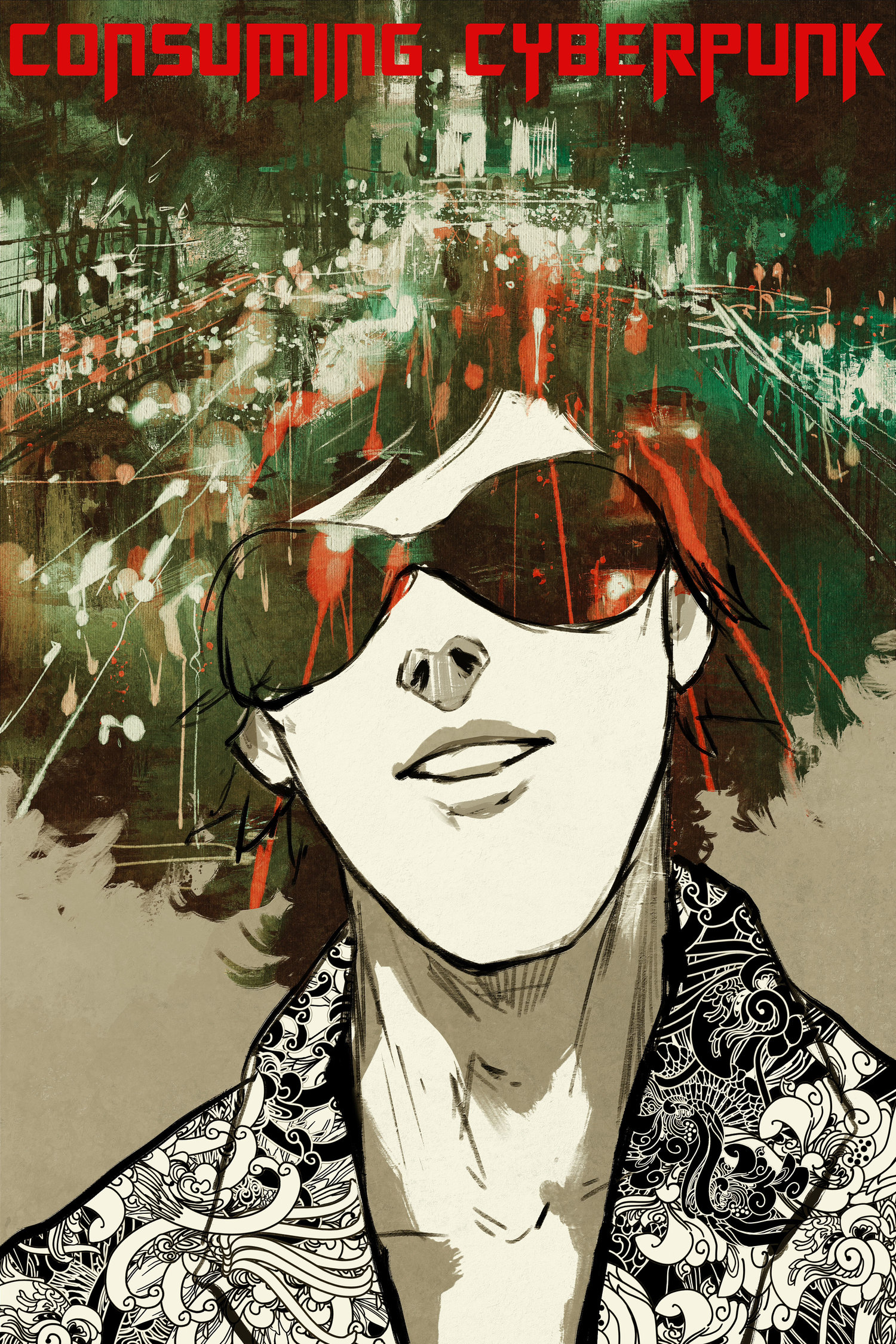Tea From An Empty Cup Examines Problematic Aspects Of First Wave Cyberpunk
“You people, you lost your souls a long time ago, you sold them for a good parking space.”
Published in 1998, Tea from an Empty Cup is one of the later cyberpunk books from Pat Cadigan. Revolving around a mystery in which a person is killed, perhaps murdered, while in a virtual reality rig that just so happens to be located in a locked room, the book appears more straight forward than it actually is. This death is a catalyst for two people to enter the same program in cyberspace that eventually intersect. One is a detective attempting to solve the mysterious death, the other set to find a someone who’s suddenly gone missing.
Embodiment is put into focus and takes on a different shape, so to speak, than previous Pat Cadigan books. People put on a suit of varying quality derived by the number of contact points on the body in the suit, which allows for a more “real” experience. Previous books generally explore memories and mind-to-mind technologies, so this is quite different than other books. An entirely different focus.
“Doesn’t mean Japan is dead. It just means everyone’s left the geographical coordinates that once marked the location of the country that was called Japan. It doesn’t mean there isn’t a Japan. Somewhere”
In this world, earthquakes destroyed Japan and one of the most trafficked simulated environments, and where the majority of the story takes place, is New Yawk Sitty. The novel weaves in a theme of fetishization of Japanese people; a problem that first wave cyberpunk novels were academically criticized for. Whereas most of first wave novels were xenophobic and technophobic due to the anxiety surrounding Japan possibly becoming a technological superpower that would consume the west, this novel flips that notion on its head, showing that the culture that ended up being consumed was Japan by the west.
In this future, there remaining Japanese people are seemingly struggling to hold onto their identity and given a certain amount of social credit if they are “full Japanese.” I’ll note here that whether or not the handling of the cultural aspects of the plot and setting are handled well, I really couldn’t say, as I’m not educated in it enough to talk intelligently about it. But it did feel like a prevalent theme given proper weight.
The grit present in cyberpunk is certainly present online, but some of the navigation of cyberspace is a bit dated reading it today. Avatars and cultural touchstones have shifted nowadays, but where it shines is in displaying how people behave when afforded anonymity. It is prescient. This ability for people to customize their presentation and construct an alternate world, as well as what that would reflects in the real world proper, are all compelling and seem more progressive than previous novels by the author. Or perhaps are just more overtly so? Though, some of the original power of the text is most likely diminished because much of the technical aspects have already played out, whereas here it is supposition and exploration.
“No age given; under sex it said, Any; all; why do you care?”
As it is now, the mystery itself is interesting and drives the story reasonably well, and the commentary and exploration on the fetishization of marginalized groups and the seemingly inevitable recreation of violent colonialism playing out in the new digital frontier are the most compelling aspects in this relatively short and fast-paced story.
“A.R is humanity’s true destiny. In A.R, everyone is immortal.
If you don’t mind existing solely in reruns.”

